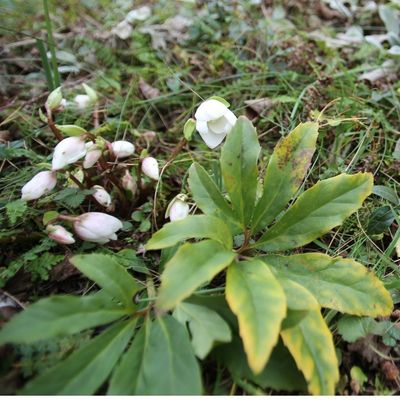My Hellebore is Browning – Why?
First, it helps to understand your hellebore plants. These are evergreen to semi-evergreen perennials. Whether the greenery lasts all winter or you get hellebore turning brown depends on your climate zone. Generally, hellebore is evergreen in zones 6 through 9. In colder climates, these plants may be semi-evergreen. Hellebore is hardy to zone 4, but in zones 4 and 5, it will not fully behave as an evergreen perennial. Browning hellebore plants can usually be explained by the semi-evergreen nature in certain climates. If you are in a zone in which hellebore behaves as a semi-evergreen plant, some of the old foliage will brown and die back in the winter. The colder your climate, or a particular winter season, the more browning you will see. If your hellebore leaves are turning brown, or even yellow, but you live in a warmer climate, in which it should be an evergreen plant, don’t assume the discoloration is a disease. If you have a spell of bad weather—colder and drier than usual—the browning is probably damage related to the conditions. Snow actually helps to protect hellebore leaves vulnerable to this damage, as it provides insulation and protection from dry air. Whether your hellebore is browning naturally because of your climate, or it’s damaged because of bad weather, it will likely survive to grow new foliage and blooms in the spring. You can trim off the dead, brown leaves, and wait for the new growth to come back in.
